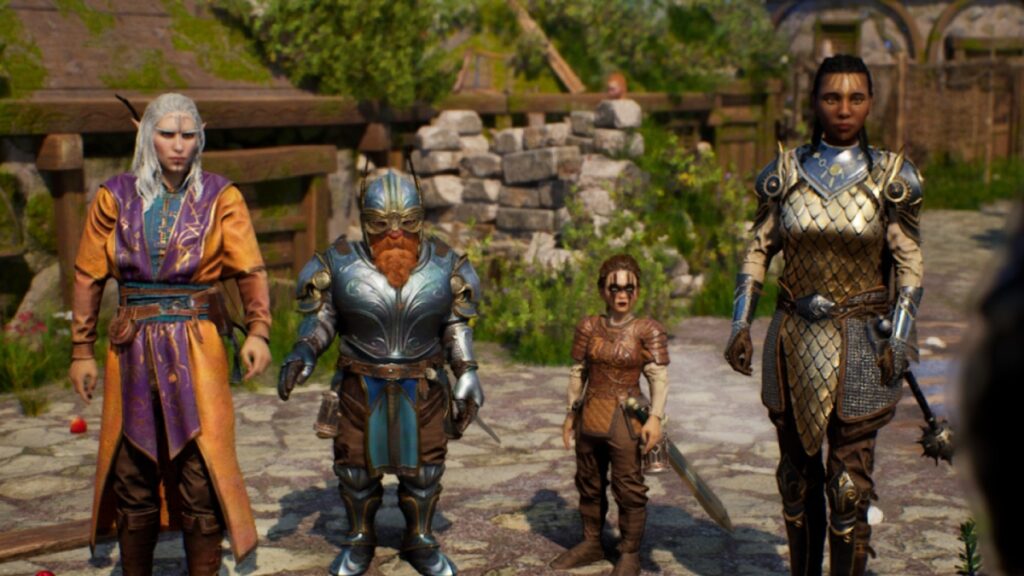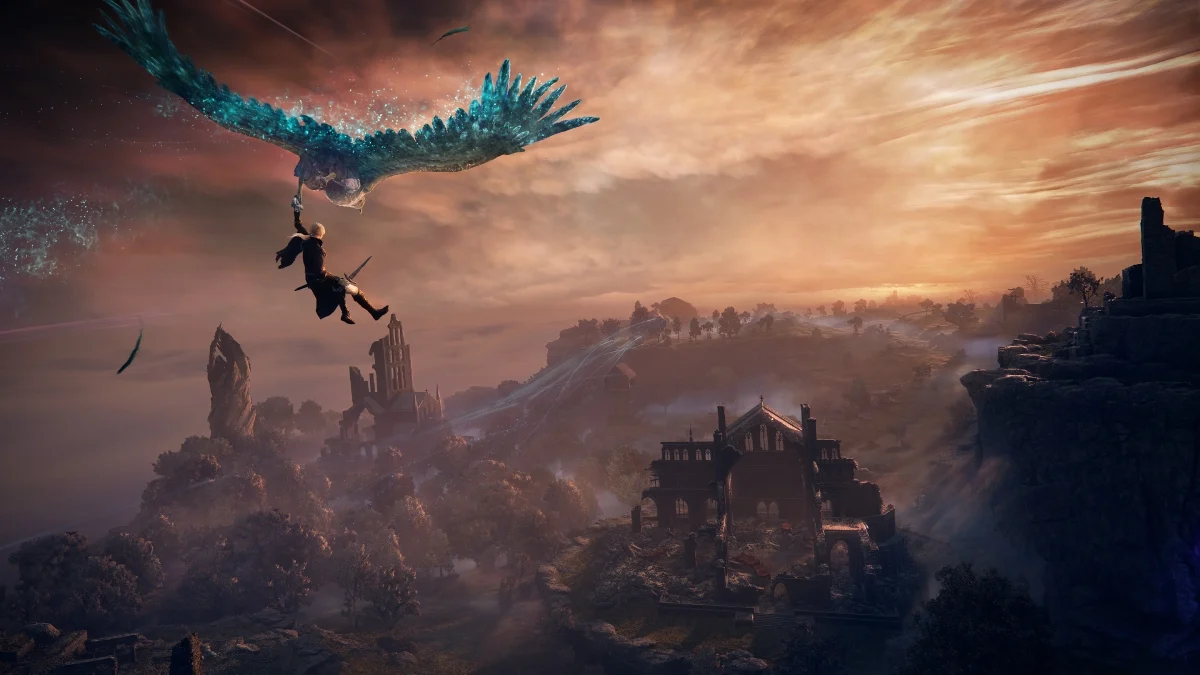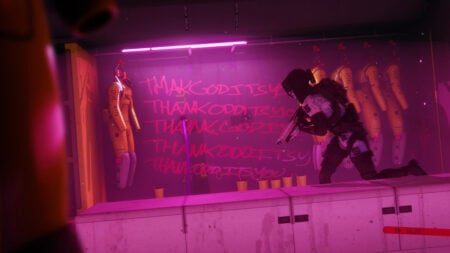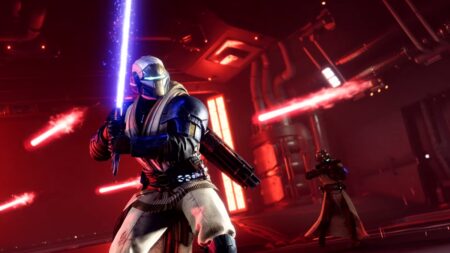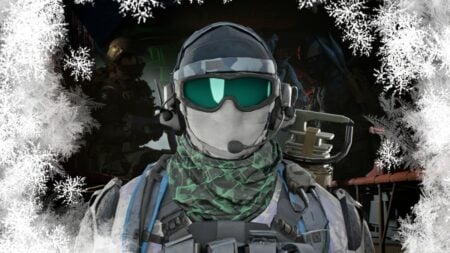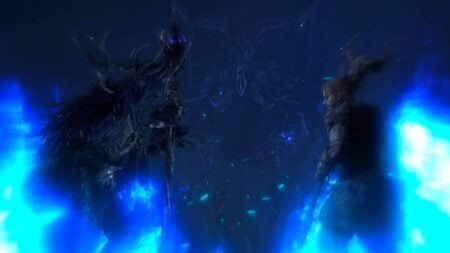Skip To...
Back in the day, good D&D-inspired games were a rare sight. Yes, many CRPGs had their take on those systems or even played with different mechanics to provide something fresh, but outstanding ones were scarce. Solasta: Crown of the Magister stood as one of those. Yes, the story wasn’t the greatest and had some other flaws, but it provided an excellent D&D-like experience. After playing Solasta II, I can firmly say that the sequel is an improvement in every aspect. The mechanics, characters, and production value are on a new level that might make this game the next big CRPG.
From Paper to Screen
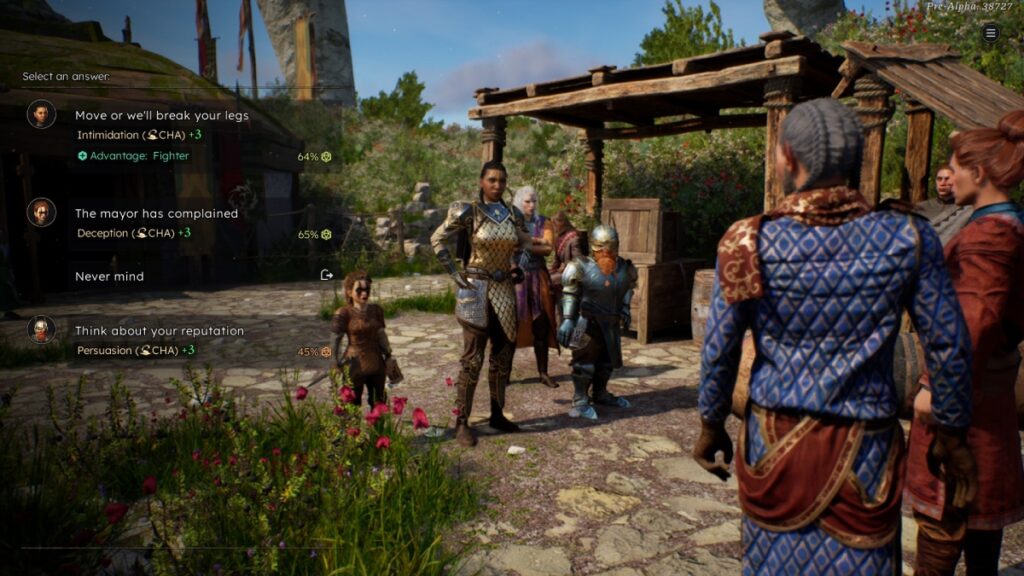
Solasta II is a turn-based tactical RPG that adapts the SRD 5e ruleset. If those terms sound alien to you, it’s basically an adaptation of some D&D systems into a game. The most recent example of this is Baldur’s Gate 3, which everyone and their grandmother already know. However, Solasta and, by extension, Solasta II do a much better job at adapting these mechanics.
Frankly, I can’t say much about the first game because I didn’t delve much into it. Yet, I remember how clear the information, UI, and combat logs were when playing Solasta. Solasta II follows the same suit, if not better. Every spell, action, and bonus action has clear descriptions. Even someone like myself, who’s never had friends for a proper D&D night, could understand it all with ease.
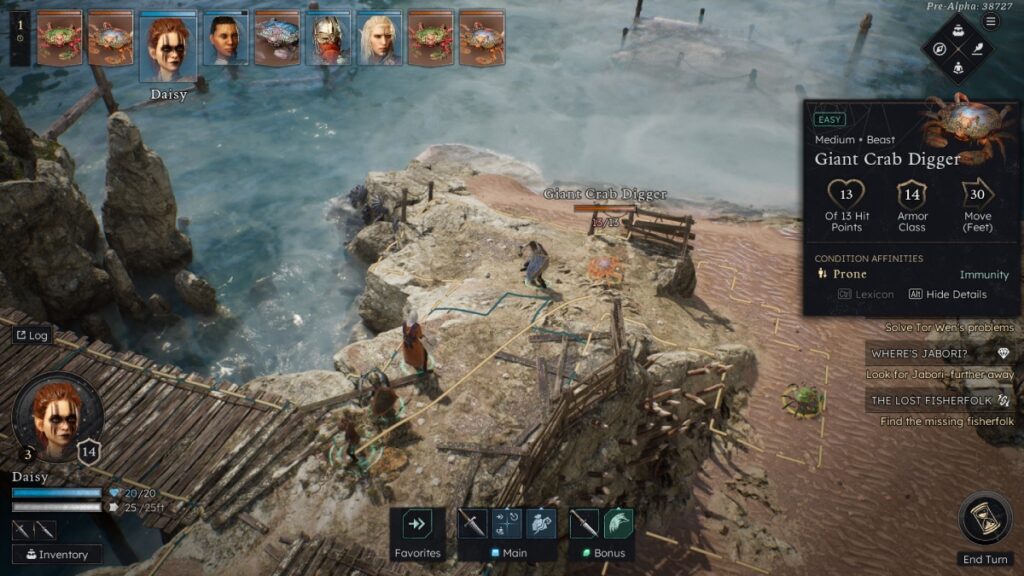
Right off the bat, this is one of the things I liked the most about Solasta II. I never felt overwhelmed by the spells or combat intricacies in the few encounters I played in the preview. There weren’t many, but the ones I experienced were quite engaging. Fighting lizard-like foes and hordes of crabs never stressed me. Spell and ability hit chances are clear as day, and every action is perfectly described without cluttering the UI. While I’m sure there will be even more mechanics and encounters at launch, the ones I experienced hooked me to how Solasta II approaches its combat. It is beginner-friendly but also provides in-depth information for TTRPG fans.
Lastly, I was a bit worried about the gameplay aspect overshadowing the storytelling, which happened with its predecessor. While I praise the systems of the first game, its story never appealed to me. I often felt lost with it, which is one of the reasons I didn’t stick around with it. In Solasta II, however, it seems the storytelling shares the same spotlight as its intricate gameplay systems. Even if it was a short story that culminates with a glimpse of something grander, it was all cohesive. Characters were fun, quests were straightforward but made sense, and overall, it was a solid 2-hour-ish experience that will leave players eager for more.
Your Party, Your Way
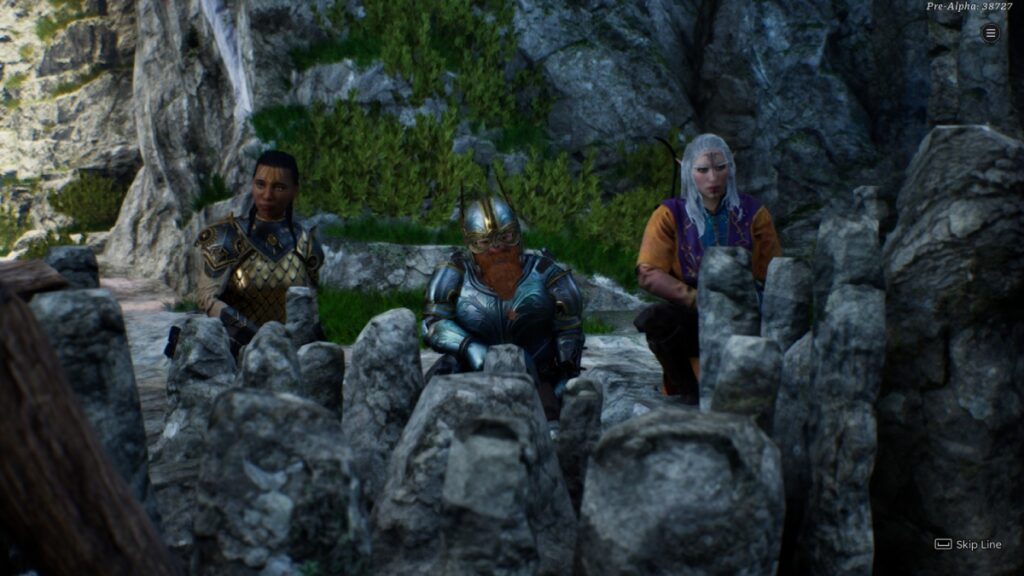
Beyond combat, skill checks also play a huge part in Solasta II, which is expected from a game adapting the SRD ruleset. Since the preview was short, I tried it a few times and reloaded my save to see different outcomes. It was surprising to see how well-designed conversations and skill checks were.
For instance, at a certain point in the story, you have the mission to rescue an NPC. To do so, you can fight every enemy around it or find a more peaceful way. The peaceful way had two variants. I could sneak around to grab an item and make the enemies believe I was part of them, or I could try to convince them to release the NPC by passing other skill checks. Player choice is paramount in games like this, and Solasta II knows this. Furthermore, the game has an excellent way of showing your chances of success or failure during your conversation, which is quite welcome since you don’t leave everything in the hands of a digital GM.
Another thing I loved was how your whole party was involved in each conversation. Normally, your main character is the one choosing for everyone. Here, all party members have a chance to speak and roll for different outcomes. My fighter could pick the intimidating option, while my rogue’s high perception could notice things that would unlock other conversation options. Overall, it is nice that everyone can step under the spotlight to shape how the adventure will unfold.
Preparing to Roll a 20
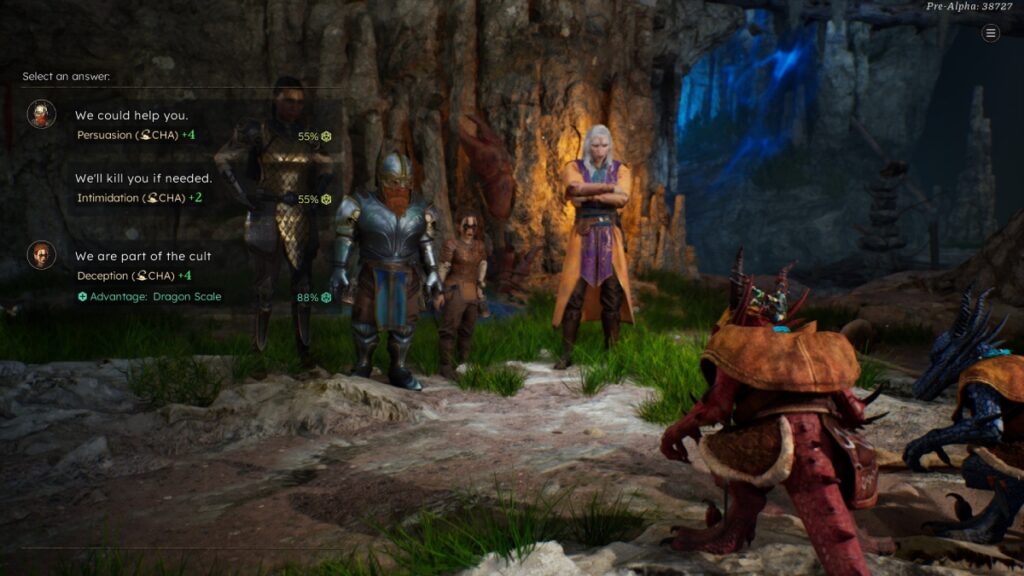
When my time with Solasta II ended with a great cliffhanger, I couldn’t help but feel wanting for more. I’ve always felt allured to games that bring TTRPG systems to them. However, some are overwhelming or diluted to the point that you never really delve into them. Tactical Adventures, however, knows how to strike a perfect balance between approachability and depth, which are the two aspects that made Solasta II skyrocket its way to the top of my wishlist.
Provided the story is great (which already seems like it will be after the cliffhanger) and player agency is still this game’s top priority, Solasta II has a bright future ahead of it. While the road to launch might be long, I’ll closely follow this sequel’s development. With the short first impressions I got from this title, it’s on the right path to becoming a memorable party-based RPG that newcomers and veterans will surely enjoy.

